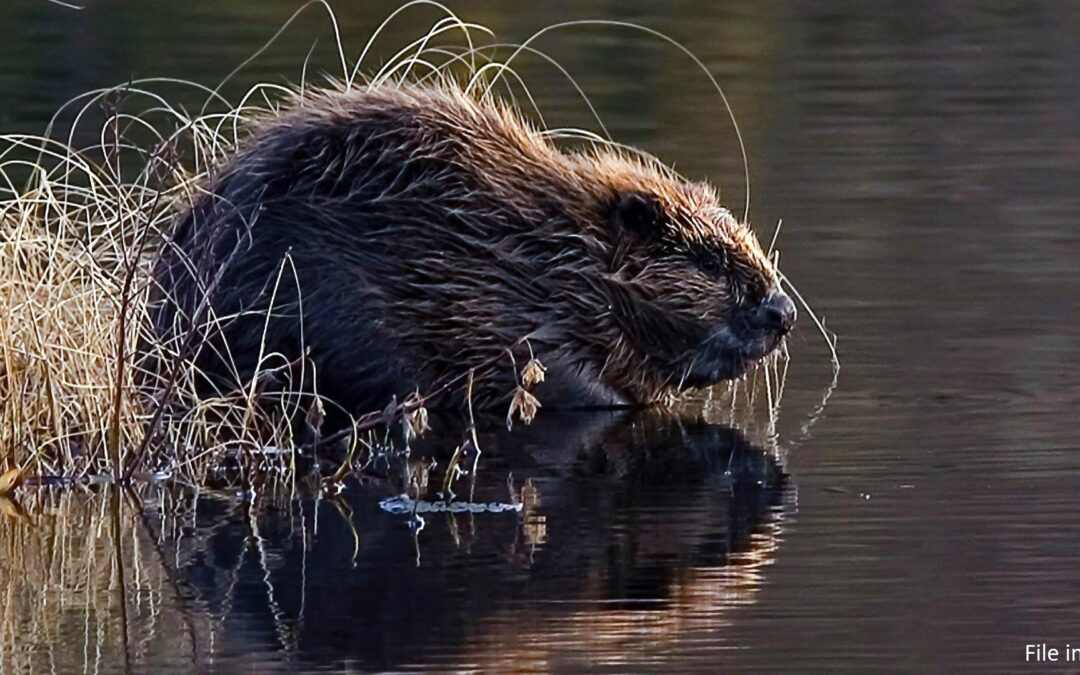A beaver has surprised wildlife experts by surviving a second winter in the Polish High Tatra mountains, where temperatures can drop below -20°C (-4°F) at night. Park rangers now see signs that the animal has been joined by others, indicating that a new colony may be established there.
The creature was first spotted at Morskie Oko, the largest lake in the Tatra Mountains, in August 2021. It was the first case in modern memory of a beaver being observed at such a high altitude in the Polish mountains, with Morskie Oko being almost 1,400 metres (4,593 feet) above sea level.
Moje ukochane Morskie Oko. Zima 2020/2021 pic.twitter.com/XC5lJEMU9H
— Ewa Korpanty 🇺🇦 (@Ewa47474862) December 31, 2022
Rangers at Tatra National Park (TPN) initially believed that the beaver had simply wandered to higher ground in a one-off event, but it soon became apparent that the animal had made its home at Morskie Oko, an unusual habitat for the animal.
Questions were raised about whether and how the beaver, which does not hibernate, would be able to survive the cold Tatra winter. But contrary to reports that the animal had died from a fall, it was later revealed that the beaver had in fact survived its first winter and continued to be spotted by the lake.
In a video published by TPN last week, park ranger Grzegorz Bryniarski revealed that the beaver has now “survived a second winter and is doing well”. The elusive creature is still yet to be caught on camera, but traces of its presence are clear in the area.
“Its presence can be seen on the ice, where it has created a hole and dragged branches to this area,” Bryniarski later told the Polish Press Agency (PAP). “Its presence is also indicated by numerous tracks on the snow – it has trodden a footpath and cut down willows.”
Bryniarski also confirmed to the Gazeta Wyborcza daily that “we now know for sure that a family of beavers is living in a Tatra pond”. They have built lodges and their tracks are visible, he noted.
Some believe that this could be the beginning of a beaver population in the Tatras. “Beavers are animals that are constantly looking for new areas for themselves. They should feel at ease in the national park,” Andrzej Czech, a renowned expert on beavers, told Gazeta Wyborcza.
“I expect that a large colony of beavers may soon be established in the area of Morskie Oko and they will become a permanent feature of the Tatra wilderness.”
Cracovians were treated to an unusual sight this morning, when a beaver was spotted wandering the streets before police managed to safely remove the runaway rodent.
Beavers, a species once close to extinction in Poland, are now thriving in the country https://t.co/zYCdxC9C2g
— Notes from Poland 🇵🇱 (@notesfrompoland) April 11, 2022
Beavers were once almost hunted to extinction in Poland. By 1928, it was estimated that only 235 remained in the country. However, thanks to postwar efforts to reintroduce the animals into the Polish wilderness, the beaver population has grown and is currently estimated at over 127,000.
Beavers play an important role in tackling drought by retaining water through the dams they build, which also create “oases of biodiversity” notes the state water agency PGW WP. However, they can cause damage to roads, houses and farmland, which has led some to call for culls to keep beaver numbers down.
Beavers caused flooding in a Polish town that led to the collapse of a major local road, which could now take months to repair https://t.co/VlfIvDpvsN
— Notes from Poland 🇵🇱 (@notesfrompoland) November 8, 2022
Main image credit: Per Harald Olsen/NTNU (under CC BY 2.0)

Anna Hackett is an assistant editor at Notes from Poland. She is a recent graduate of European Studies from Trinity College Dublin and has had previous journalistic experience with the Irish Independent News & Media group.




















